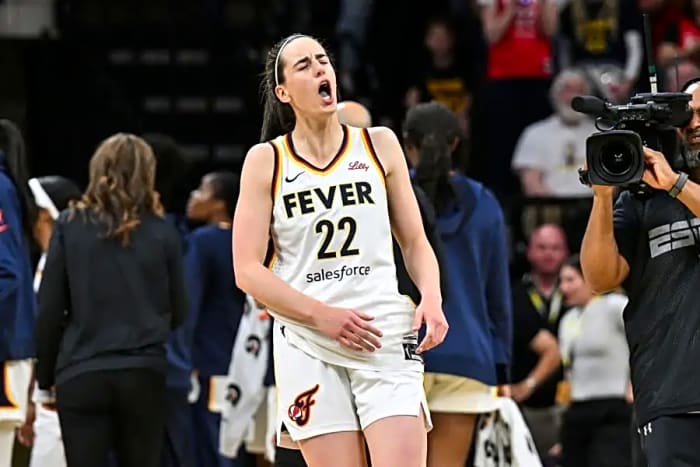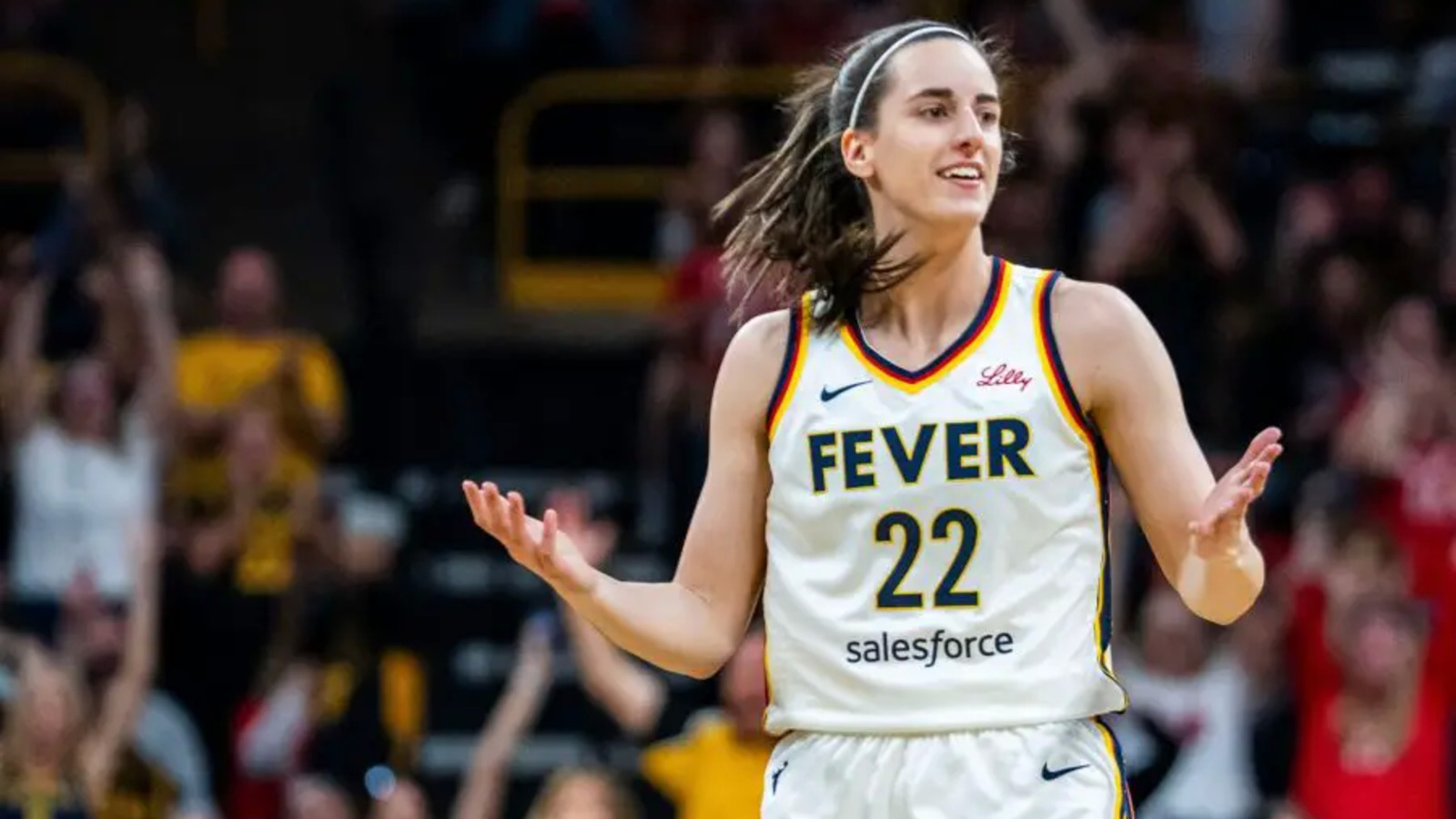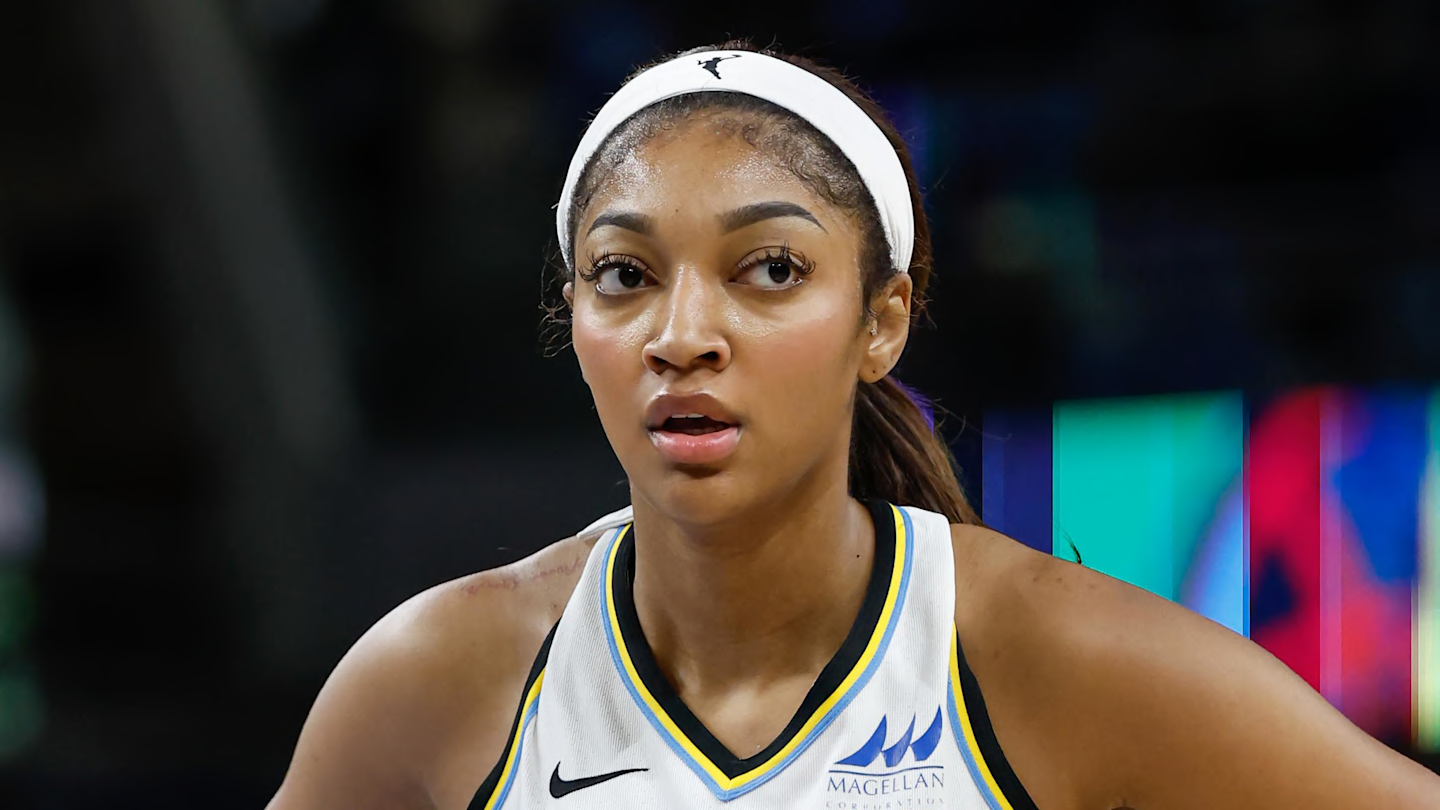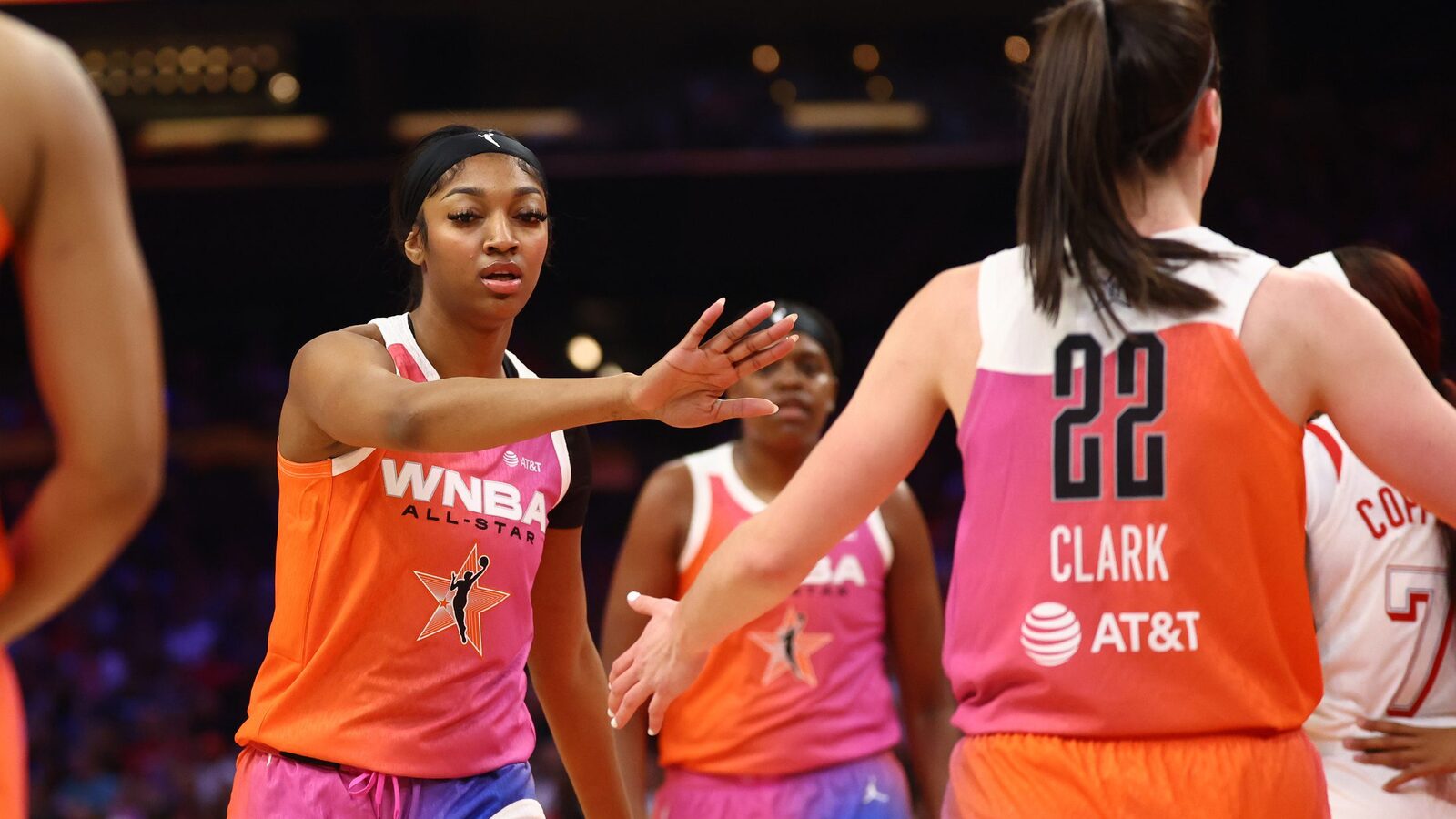'She Has More Strength to Her': Rebecca Lobo Details Caitlin Clark's New Game-Changing Edge
Indiana Fever guard Caitlin Clark arrived at training camp noticeably stronger. The reigning WNBA Rookie of the Year spent her offseason adding muscle, a transformation that has caught the attention of fans, coaches, and analysts alike — including ESPN’s Rebecca Lobo, who believes the increased physicality could shape Clark’s sophomore leap.
Photos showing Clark’s physical development quickly went viral. The 23-year-old guard acknowledged she needed to build strength after a rookie season marked by constant contact and double-teams. Lobo already sees the difference after spending time around the Fever.
“You can tell looking at her frame that she has more bulk to her. She has more strength to her,” Lobo said on ESPN’s preseason media call. “That was the thing a season ago — young players, when they come in, I think one of the biggest adjustments is how physical the WNBA is, and not just when you have the basketball in your hands.”
Clark trained four to five days per week in the weight room, targeting both the upper and lower body. Her regimen included single-arm lifts to correct strength imbalances — she admitted her left arm had limited certain passes and single-leg and isometric work to enhance explosiveness and stability. Creatine supplementation was part of her routine to support muscle recovery.
“She set those goals and from the jump, I was seeing her in the weight room four to five times a week,” Fever head athletic performance coach Sarah Kessler told ESPN.
Fever Chief Operating Officer Amber Cox credited Clark’s ability to balance the spotlight with discipline.
“She’s the kind of athlete who might attend a major event in New York or LA, but she’s back in the gym at 6 a.m. the next morning,” Cox said.
Lobo emphasized that strength is critical when attacking the rim, absorbing contact, and finishing. Clark is a talented shot creator who commands heavy respect from the defense, so being an even better contact finisher would make her incredibly challenging to contain.
“You’re cutting through the lane, you’re getting bumped, or when you’re trying to finish inside,” Lobo said. “Certainly, we saw that picture of her during the Big Ten Tournament, where she was kind of flexing, and you saw how much stronger she was.”
Clark played more minutes than any other player in the WNBA last season, averaging 35.4 per game. She often faced blitzes and traps from opposing defenses. The Fever hopes her added strength will help her play through contact and reduce wear and tear over the long season.
“I think in terms of going through the course of the year, how much better, how much stronger is she going to feel come playoff time or nearing the end of the season because of the strength she put on and how she’s able to absorb that contact a little bit better,” Lobo explained.
Going forward, Lobo is intrigued to see how Clark’s strides in the weight room will translate, whether in terms of how it impacts her explosiveness or ability to handle wear and tear.
“I’m eager to continue to watch and see how that affects her game. Can she still be as fast as she has been? I think she will,” Lobo said. “But kind of the difference — I think more absorbing the physicality of the league, if it’ll have less of an impact on her, again, not only at the beginning of the season but sort of the cumulative wear and tear that players get.”

'100% About Race': Indiana Fever Star Caitlin Clark's Deal Causes Beef For Aces' A'Ja Wilson 2 May 4, 2025; Iowa City, IA, USA; Indiana Fever guard Caitlin Clark (22) reacts during the third quarter against the Brazil National Team at Carver-Haweye Arena. Mandatory Credit: Jeffrey Becker-Imagn Images
Clark averaged 19.2 points, 5.7 rebounds, and 8.4 assists as a rookie, shooting 41.7% from the field and 34.4% from beyond the arc. She also led the league in assists and made the All-WNBA First Team. Her 90.6% free-throw shooting and 1.3 steals per game added to a historic debut season.
“She’s the best passer in the league,” Lobo said. “She generates more offense than anyone else, and now she’s stronger. That’s going to matter.”
In the postseason, Clark averaged 18.0 points, 5.0 rebounds, and 8.5 assists in two games. She also used the offseason to focus on her footwork, finishing, and film study.
“That’s where I’m going to find my confidence coming into this next season,” Clark told ESPN. “Just knowing I’ve been consistent, whether it’s been the weight room, my skill development, my shooting.”
Fever head coach Stephanie White praised Clark’s maturity and approach, praising her as a player who conducts herself far beyond her years.
“She’s far beyond her years in terms of her understanding of how to work,” White said. “Oftentimes you see rookies, even the great ones, where it usually takes three years for them to figure it out. She’s got it figured out.”
In the offseason, Indiana added veteran forwards DeWanna Bonner and Natasha Howard, among other additions like Sophie Cunningham and Brianna Turner. They hope to make a deeper playoff run in 2025, and Clark’s continued development remains central to that pursuit.
Clark and the Fever will open the 2025 season Saturday against the Chicago Sky, with heightened expectations and the spotlight again focused on the sophomore guard who continues redefining what’s possible.











